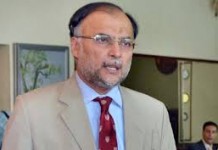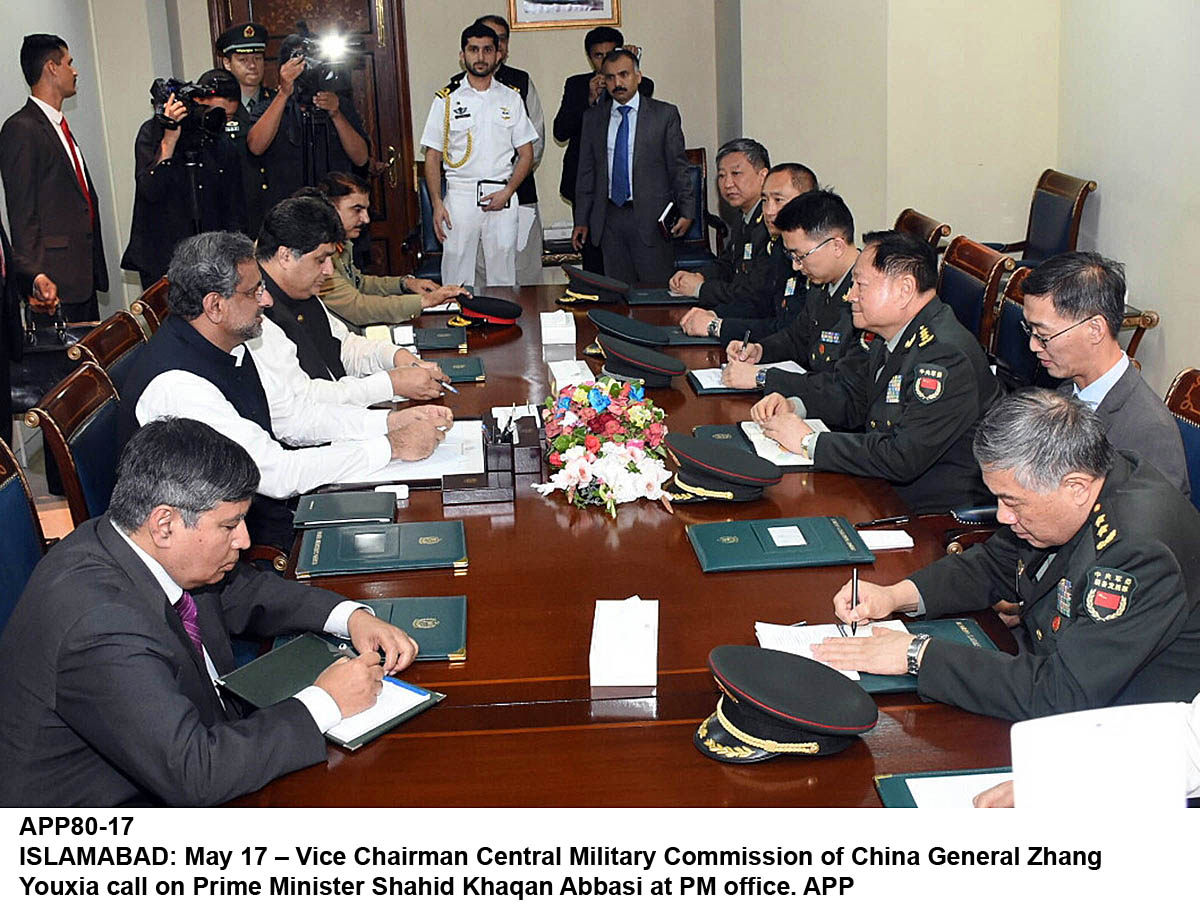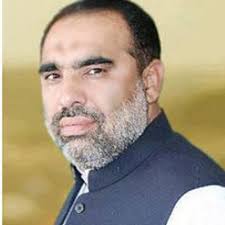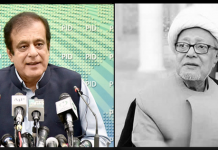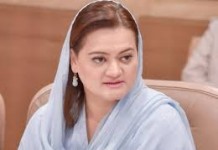By Hasnain Gardezi
ISLAMABAD, Aug 25 (APP): In recent years, society has witnessed a paradigm shift in the understanding of gender identity, moving beyond the traditional binary framework to embrace a spectrum of identities. This evolution is not only reshaping personal experiences but also influencing major industries and global events. From the sports field to the fashion runway and the controversies surrounding the Paris Olympics, the movement towards inclusivity is sparking both innovation and debate.
The inclusion of non-binary and transgender athletes in competitive sports has sparked heated debates. At the Paris Olympics, Manu Bhaker, an Indian transgender weightlifter, faced disqualification from the women’s category due to scrutiny over the International Olympic Committee’s (IOC) regulations on testosterone levels. This incident highlighted the ongoing tensions between emerging policies on diverse identities and traditional sporting categories in India.
Similarly, Kenyan runner Beatrice Chepkoech, who identifies as non-binary, was initially selected for the women’s marathon but faced disqualification due to challenges regarding her gender classification. The situation raised questions about the fairness of IOC policies and the complexities of integrating non-binary athletes into established categories.
Caster Semenya, a South African middle-distance runner with intersex traits, has faced significant controversy over her natural testosterone levels. Semenya’s legal battles against sports regulations designed to ensure fair competition underscore the complexities and challenges faced by athletes with varied gender identities.
Lia Thomas, a transgender swimmer from the University of Pennsylvania, also made headlines for competing in women’s collegiate swimming. Her participation ignited debates about balancing fair competition with inclusion, highlighting the challenges of integrating diverse gender identities into traditional sports categories.
The fashion industry, traditionally known for its rigid standards, is increasingly celebrating inclusivity. Designers and brands are redefining conventional notions of masculinity and femininity, creating more inclusive collections. In 2023, Harris Reed made waves with gender-fluid designs that challenge traditional fashion norms. Reed’s collections, characterized by flowing fabrics and ornate embellishments, are designed for all genders, reflecting a growing trend towards androgyny and self-expression.
Non-binary and transgender models, such as Teddy Quinlivan and Indya Moore, are gaining prominence in high-profile campaigns and runway shows. Their visibility is prompting designers and brands to rethink their approach to gender in fashion, advocating for greater representation and inclusivity.
In many Eastern cultures, traditional gender roles are deeply ingrained, leading to significant social taboos around transgender individuals. In countries like India and Pakistan, transgender individuals, known as hijras, have a long cultural history but often face severe stigma and exclusion. Limited access to healthcare, education, and employment perpetuates cycles of poverty and discrimination. In China and Japan, societal conformity is highly valued, and transgender individuals often struggle for acceptance. Traditional gender binaries can marginalize those who do not fit these categories, added by limited legal protections and public awareness.
Western societies have made strides in transgender rights, with legal recognition and anti-discrimination protections. Despite these advancements, ongoing debates over bathroom access and sports participation reveal that full acceptance of diverse identities is still a work in progress. Meanwhile, much more needs to be done in other parts of the world to ensure equal rights and acceptance for all gender identities.
A renowned Islamic scholar, Allama Zamir ul Hassan Tirmzi, talking to APP shared, “Islamic teachings traditionally adhere to a binary understanding of gender roles. However, there is a growing discourse among scholars about including transgender individuals. Some interpretations of Islam’s core values of compassion and justice support recognizing transgender people and advocating for their rights, though acceptance varies across different Muslim-majority countries.221;
A psychologist specializing in gender identity highlights, “Transgender individuals often face significant emotional and psychological distress due to societal stigma. However, increased visibility and acceptance can improve mental health and well-being. Supportive environments and affirming relationships are crucial for helping transgender people navigate their identities.221; Mazhar hoped their community’s genuine concerns would be addressed by the local authorities.
Mazhar Guru, a well-educated transgender activist from Islamabad’s rural area, shares, “There’s been a profound shift in how society perceives transgender individuals. Increased representation and discussion help break down prejudices, although there’s still progress to be made. It’s encouraging to see younger generations embracing diverse identities more openly.”
In short, the ongoing discourse on inclusive practices, viewed through various lenses, reveals a complex landscape. From sports and fashion to societal and cultural perspectives, the integration of varied gender identities is both challenging and transformative. While progress is evident, the journey towards inclusivity requires continued advocacy, understanding, and respect. By addressing these challenges and embracing diverse perspectives, society can work towards a future where everyone finds their place and thrive.
مضمون کا ماخذ : اسکریچ کارڈ کا انعام
